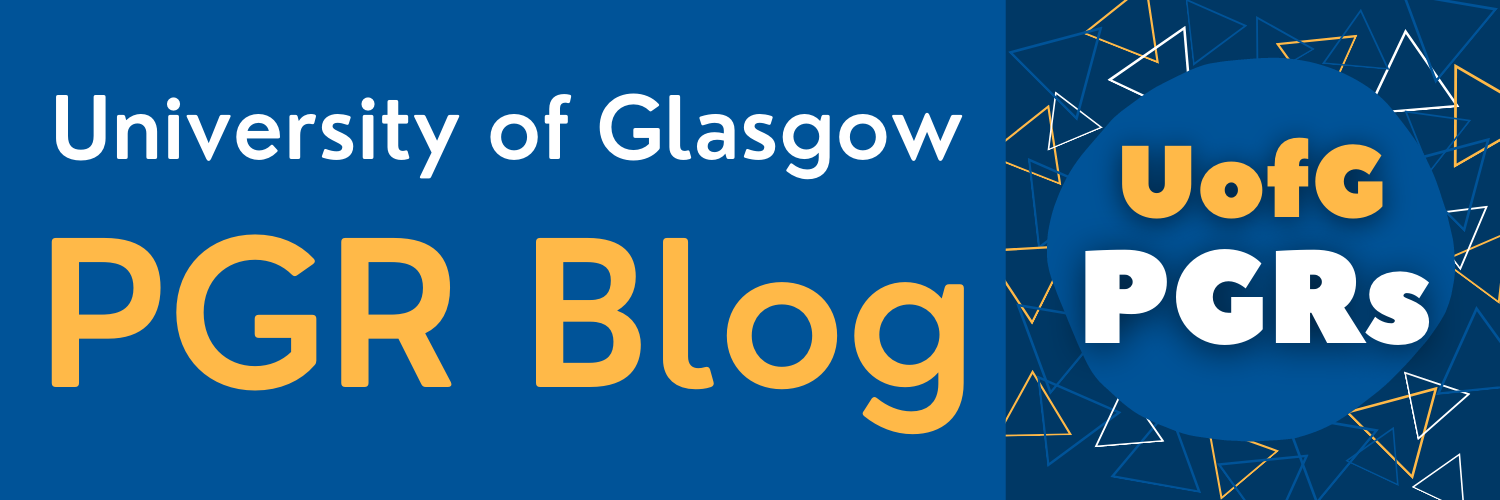An Outsider's Guide to the History of Hogmanay
When I first moved to Scotland I had no idea just how prominent Hogmanay, in all its forms, was throughout the country. I’d heard of the celebration and knew it took place on New Year’s Eve, but I didn’t really know its history or what, exactly, the word meant. After living in Glasgow for over a year and earning a degree in Scottish history, I have to confess that the first thing I still think of when I hear ‘Hogmanay’ is a big street party in Edinburgh. As I continue my research in Scotland for at least the next three years, though, I want to be as knowledgeable about the country’s unique celebrations as possible. So I’ve used this post as an excuse to further explore the historical and cultural importance of Hogmanay, one of Scotland’s biggest and longest-running celebrations.
A dive into the Oxford English Dictionary online told me that the first English form of ‘Hogmanay’ has been around since about the 17th century (then as ‘Hagmena’ or ‘Hogmynae’). The two primary definitions have always referred to either the name for New Year’s Eve itself or ‘the call used to demand’ a New Year’s gift.
Photo by Sharosh Rajasekher on Unsplash
Though the word itself is only about 400 years old, Hogmanay actually has ties to the Viking celebrations of the winter solstice. The Vikings invaded Scotland in the 8th century, so it’s really no surprise that some of their traditions would be passed on. Of course, the Vikings invaded many countries, but in no Western country is New Year’s Eve quite as much of a cultural attraction as it is in Scotland.
This might have something to do with the fact that the celebration of Christmas was heavily looked down upon and discouraged throughout most of Scotland from the Protestant Reformation until about the 1950s. To be sure, the celebration of Christmas wasn’t banned during this time, it just wasn’t as common in Scotland. So, without the multiple festivities that usually surround 25 December, Scots used Hogmanay, 31 December, as their official date of celebration.
Photo by Andrew Seaman on Unsplash
From ‘First footing’, where the first person to enter a house after midnight symbolizes good luck for the next year, to bonfires and fireworks welcoming in a fresh start, Hogmanay and its traditions are still celebrated throughout Scotland with fanfare. While Hogmanay certainly is full of centuries-old traditions, it’s such a part of Scottish culture, that people are always finding ways to add to the fun. For example, the wild ‘swimming the loony dook’ (which involves jumping into freezing cold water with all your clothes on) was only started in the 1980s yet has become quite a tradition for New Year’s Day in Edinburgh. Though there are massive street parties and festivities in places like Edinburgh and Stonehaven that promote these celebrations, those aren’t the only options. Yes, Hogmanay has long been synonymous with partying, but it’s also been centered around family, friends and good wishes and hopes for another year of life.
So whether you’re celebrating Hogmanay with the masses, with a few close friends and family, with your own good company or not at all, there’s no wrong choice! Just remember that Scots have loved Hogmanay so much and for so long that they’re the ones who started the tradition of singing Auld Lang Syne, a poem first written by Scotland’s first national poet Robert Burns, to commemorate the night.
And there’s a hand, my trusty fere!
And gie’s a hand o’ thine!
And we’ll tak a right gude-willie waught,
For auld lang syne.
Photo by Crazy nana on Unsplash
If you’re looking for a place to go to or an event to attend in Glasgow this Hogmanay, there are helpful websites that have compiled lists of the goings on for you to check out! Whatever you choose, have a safe and happy Hogmanay!


![[Image description: A crowd of people watch a fireworks display at night.]](https://images.squarespace-cdn.com/content/v1/59ad2bbbc027d8c39a2cdbd3/1545925310856-XS9V2SU0FA1OONU548OR/image-asset.jpeg)
![[Image description: A small burning candle sit in between two dram glasses filled with whisky.]](https://images.squarespace-cdn.com/content/v1/59ad2bbbc027d8c39a2cdbd3/1545925455055-0Q7J1RMQUF87BONPIKHN/image-asset.jpeg)
![[Image description: ‘Happy New Year’ written in bright lights against a black background.]](https://images.squarespace-cdn.com/content/v1/59ad2bbbc027d8c39a2cdbd3/1545925741559-0QPNL35WOD2AMAMHYGWC/image-asset.jpeg)

